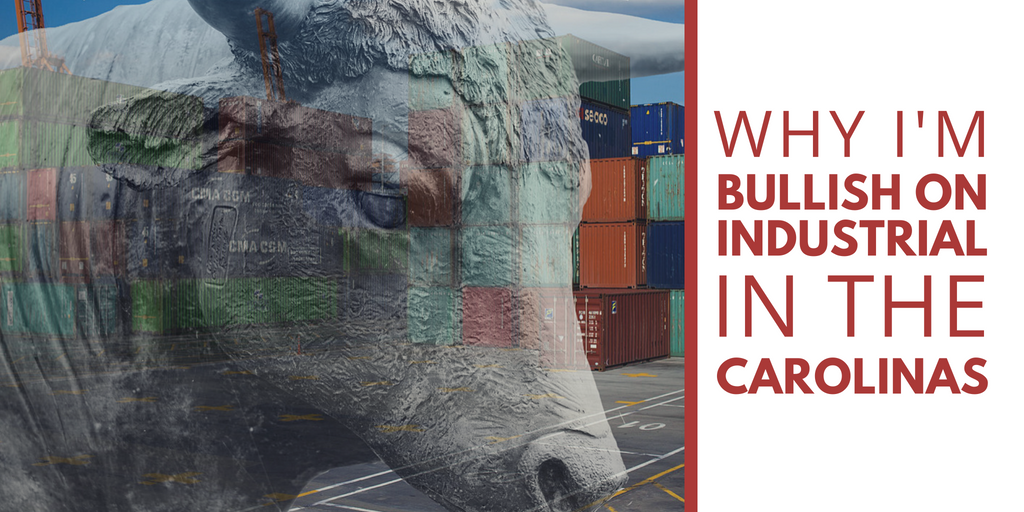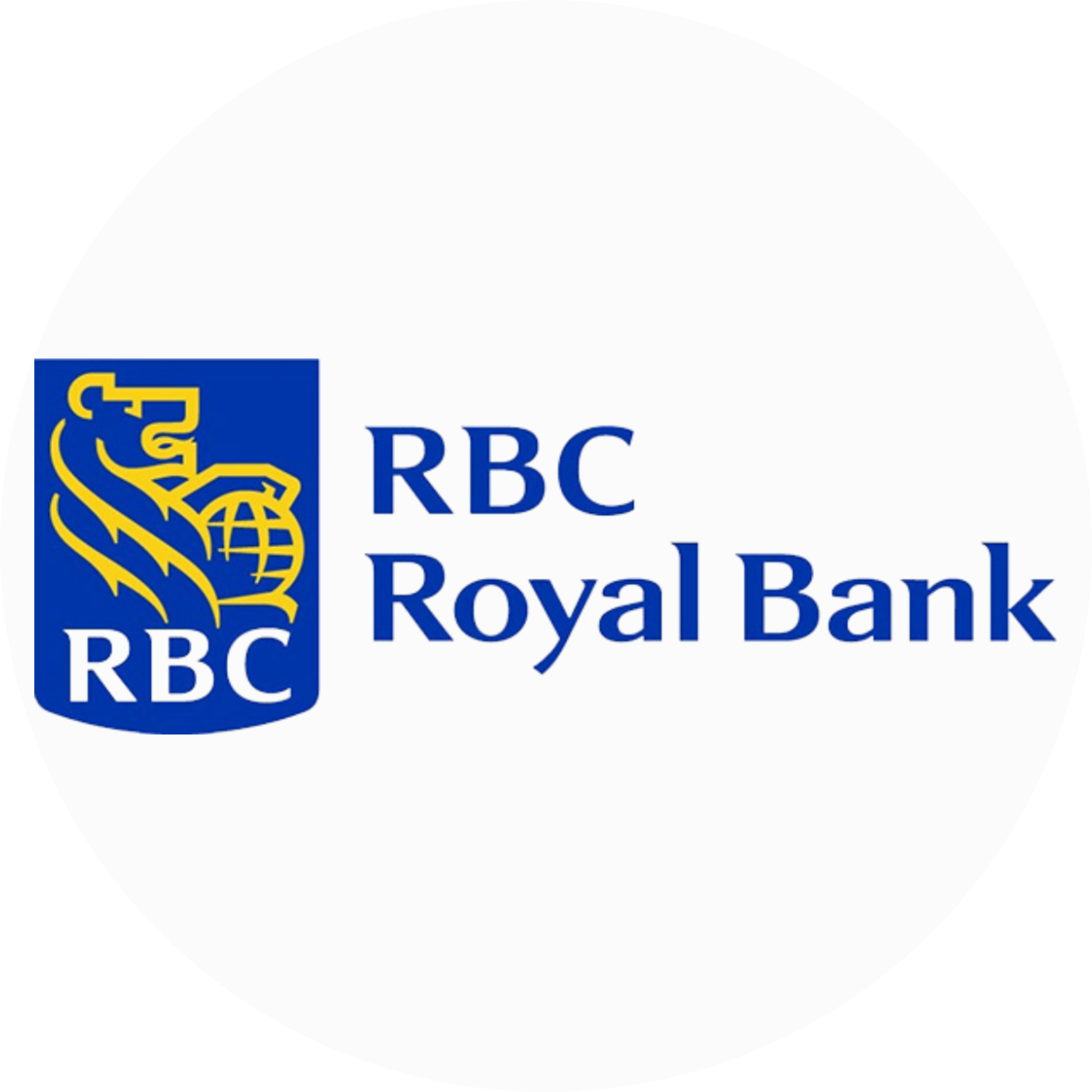Commercial real estate investors are being warned that CRE markets will soften in the Carolinas over the next 12 months. We are already seeing signs in the low productivity malls and power centers in the areas of Raleigh, Greensboro and Charlotte.
Joi Mar, a senior analyst at California-based Green Street Advisors, was quoted recently as saying “value appreciation has practically stopped in aggregate.” Green Street’s Commercial Property Price Index dipped 1 percent in March and has seen little change over the past two years, according to National Real Estate Investor.
But the industrial sector hasn’t yet peaked. Cap rates have been inching up over the past year for all sectors except industrial, and I predict another three good years of expansion for industrial real estate in the Carolinas.
Here’s why:
- A race to modern facilities: Tenants are moving out of class B product to class A. That means more expansion by tenants and development in areas where land is available.
- Inbound migration to urban areas: Residential remains strong in the Carolinas. People are continuing to buy new homes, driving demand for more furniture and household goods, construction supplies and materials. They are being lured by the strongest job market in 20 years in cities like Charlotte, Raleigh, Greenville, S.C. and Charleston.
- The tide is high everywhere: The global economy is in sync with the Carolinas’ growth in terms of both economic and population growth. There is a rising tide in the economies of all developed nations and many of their investors are looking to invest in the Carolinas. South Carolina has attracted Chinese investment and the entire region will benefit from European and Japanese investment for some time to come.
Dark clouds do loom on the horizon:
- Trade Policy Uncertainty: Talk of tariffs and changes to NAFTA will cause uncertainty by foreign firms resulting in project delays.
- Legislative Blunders: Controversial social policy by both N.C. and S.C. legislatures will continue to drive signature projects (primarily from American firms) to other competing states.
- Interest Rates: The relationship between interest rates and cap is inelastic, but enough small bumps upward to the cost of borrowing will eventually have an impact that will drive commercial real estate values down.
- Availability of land (or lack of available land): Charlotte Observer reporter Ely Portillo wrote an interesting article on the subject on Sunday. For years city planners resisted entitling land for industrial uses and allowed good industrial sites to become gentrified with mixed-use, office and multifamily property. Now that industrial jobs are high-paying and everyone wants immediate deliveries, there are no suitable industrial sites in urban areas.
I’m not too focused on the clouds at the moment. I see lots of sun ahead, as industrial properties continue to lead as the hottest asset type in the commercial real estate investment market. As an alternative investment class, industrial is the one providing some of the best opportunities for yield-starved investors. And rising interest rates will probably be offset by increased amounts of overseas capital coming into Tier 2 markets. It should be a very good time to be an industrial expert for the foreseeable future.







